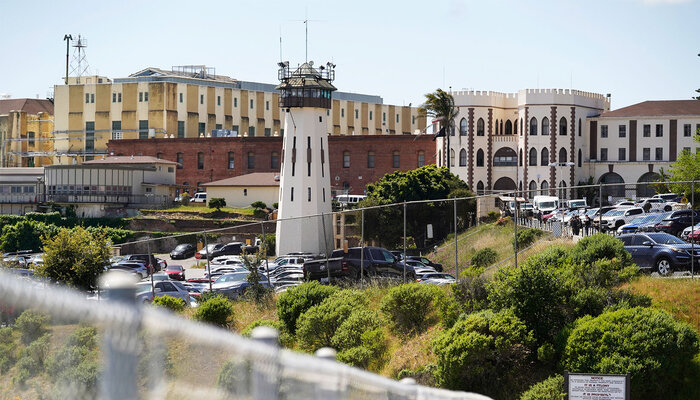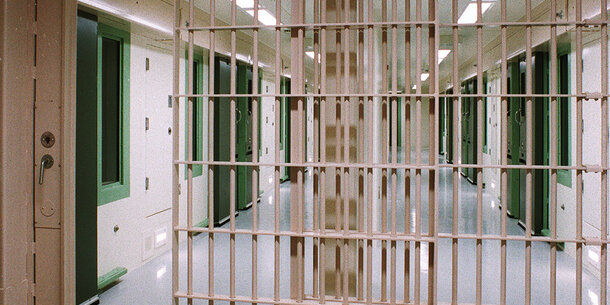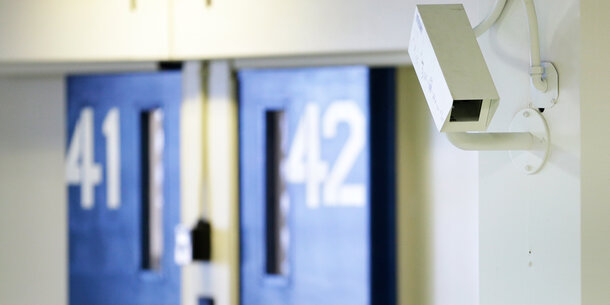San Quentin, the oldest and most notorious state prison in California, may soon be transformed. Its unsanitary and inhospitable conditions have resulted in numerous controversies over the years, especially during the height of the Covid-19 pandemic. This month, the California Department of Corrections released an independent report from the San Quentin Transformation Advisory Council. Created at the request of Gov. Gavin Newsom, its 150 pages provide a blueprint for reimagining the facility as a place of true rehabilitation.
If fully implemented, this report’s recommendations — based on authoritative research and lived experience — would transform San Quentin from an example of the worst in prisons to a place that could be held up as a model. The report itself can serve as an essential guide for how to improve culture and focus on human dignity in corrections. Its significance can’t be understated, and it should be read by correctional leaders, policymakers, and advocates alike.
The report suggests creating a management team to direct implementation of the recommendations, which would include identifying potential avenues for funding from both private and public sources.
The council is composed of formerly incarcerated advocates, criminal justice experts, state corrections staff, co-chaired by Amend Founder and Director Dr. Brie Williams, former San Quentin Warden Ronald Broomfield, and Amity President and CEO Doug Bond. Their report is centered around three key principles: a focus on reentry, normalizing the prison environment to mimic the outside world, and establishing a rehabilitation-based correctional culture. The latter notably breaks with the traditional priorities of authority and control in American corrections, aligning more closely with a Northern European, dignity-first approach.
Crucially, the report also supports decarceration and subsequent closure of some prisons in California. Given that hundreds of thousands of Americans are incarcerated without any compelling public safety reason and overcrowding contributes significantly to concerns around conditions and programming, decarceration is critically important to normalization.
On a basic level, the report recommends moving toward more dignified housing in terms of both space and design. The primary way to do this is to create single-occupancy housing throughout the facility by reducing the overall population. The American Correctional Association recommends that a double occupancy cell be 92 square feet, but such cells in parts of San Quentin are currently only 46 square feet.
An example of how to improve design is modernizing quarters and adding privacy partitions to bathrooms, which will undoubtedly make significant improvements to residents’ quality of life.
In keeping with the normalization push, the council recommends providing every resident with a rehabilitation and reentry plan — along with a reentry support team — from the moment they enter San Quentin. This aims to mitigate the stressors of the carceral environment and engage residents in rehabilitative opportunities as quickly as possible. It adapts existing, but limited and separate, support from Correctional Counselors and Community Resource Managers into a more comprehensive center for rehabilitation and reentry and pairs residents with a “care team” that can develop a customized plan to ensure that they are supported in their return to society.
The report also recommends updates to signup systems and vetting processes for programming and rehabilitation. Although San Quentin currently offers a variety of programming, it does not meet demand, as available staff, funding, and physical space limit volume and capacity. Waitlists can be long, programs are often not vetted, and program enrollment processes are often impromptu and without oversight. Investing in program quality and capacity is essential for both safety and rehabilitation: the overall two-year conviction rate is nearly 10 percent Iower for people who completed programming than for those who did not.
To overhaul correctional culture, the report recommends reshaping staff training and communication channels. The traditional corrections environment causes intense stress for corrections officers. “We train staff like they are going to war. We’re not going to war. We have to change the training,” a California corrections official said in the report. Changes would include implementing continuing education for staff to support their integration into the rehabilitation process, as well as updating policies to foster more familiar and collegial relationships between staff and residents.
While the council does provide concrete steps that the state corrections department can take toward improving the lives of incarcerated people and correctional staff, including new sources of funding and programming to sustain essential rehabilitation support, challenges to long-term implementation remain. When Newsom transitions out of office in 2026, the overhaul of San Quentin could be substantially watered down or even halted indefinitely by his successor.
This report offers a real path forward for those who believe that human dignity should be a fundamental part of our systems of justice. Indeed, that philosophy is critical to how we reimagine correctional experiences for both staff and those who are incarcerated in our prisons and jails. The council’s clear, guiding principles and robust, human-centered recommendations have the potential to fundamentally change the lives of thousands of incarcerated people.



